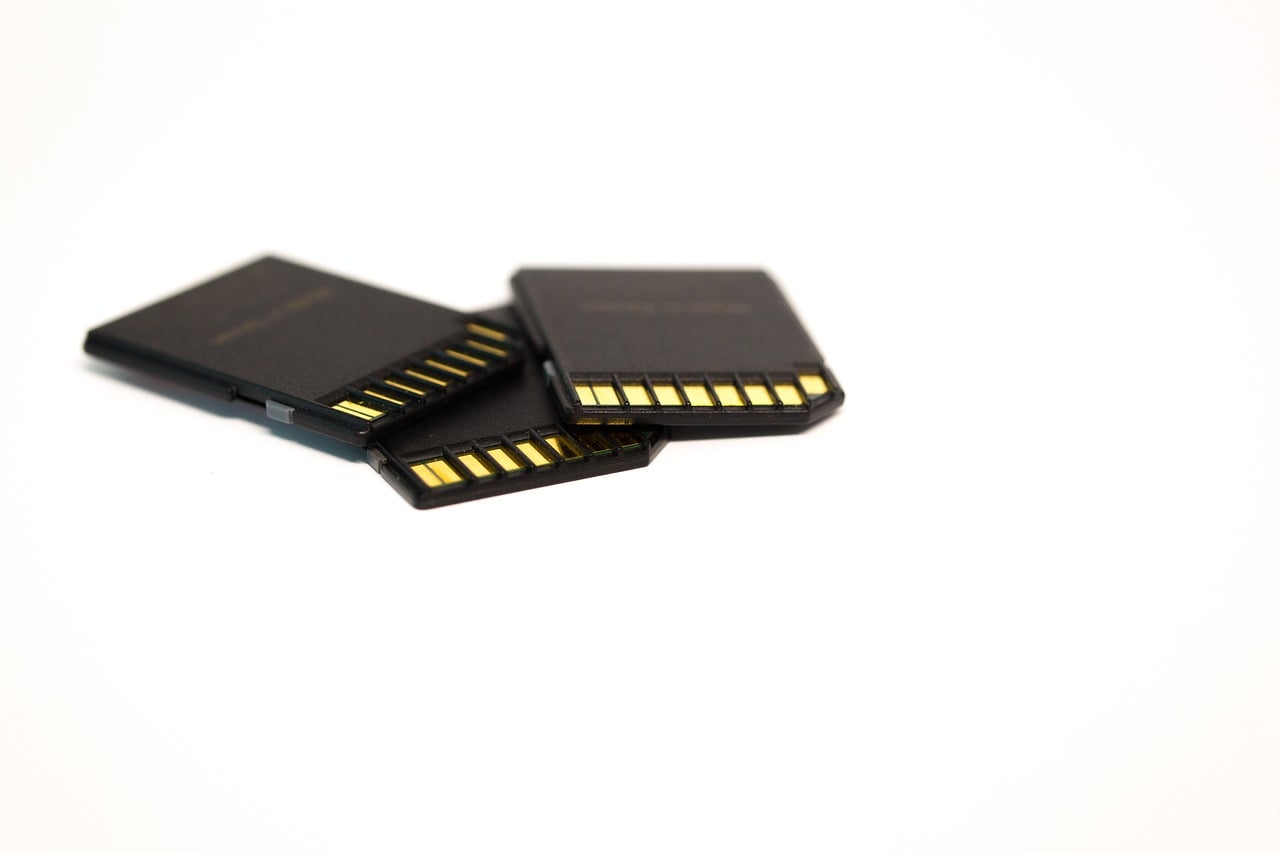Integral Memory has launched a 512GB microSD card, the biggest to date. Previously, the biggest micro SD card was a 400GB card from SanDisk. While the Integral memory card is the biggest, SanDisk’s product is a bit faster at 100MBs per second (compared to 80MBs for Integral Memory’s offering), according to The Verge.
512GB MicroSD Card – an important milestone
“As a company, we are very proud to be the first to achieve the 512GB capacity milestone in microSDXC, worldwide,” said Integral Memory’s marketing manager, James Danton in a press release.
The MicroSDXC format would support cards of up to 2TB, but it would possibly take some time to reach there. Even before we hit the 1TB storage milestone, there are chances of 750GB cards appearing.
Integral’s memory card is classified as an SDCX UHS-I U1, meaning it has a minimum write speed of 10MB/s. Further, it qualifies for the V10 standard for video transfer rates, suggesting it can capture full HD video off cameras, notes The Verge. The company stated that the 512GB card would start shipping in February.
Integral believes that though cloud storage has taken a toll on the memory card, users still go for cards for lifestyle reasons. A memory card allows users to upgrade part of the phone rather than buying a new one. According to Integral, SD cards are not just limited to phones and tablets, but also drones, home security cameras, dash cams and action cams are some of the gadgets where the SD cards are actively used.
As of now, there has not been any revelation about the price of the 512GB memory card. The SanDisk 400GB micro SD card comes with a price tag of $250, suggesting that the bigger memory card would cost somewhat higher.
Rising competition in storage space
Integral’s latest memory card would ensure that the customer can store hundreds and thousands of high-quality photos. While Integral has presented a better option to the users fond of casual clicks and videos, increasing competition from the likes of Samsung in the storage space could mean more challenges ahead.
Recently, Samsung announced that it started the production of the world’s first 512GB embedded universal flash (eUFS). The flash storage would have read and write speeds of up to 860 MB per second and 255 MB per second respectively, somewhere around eight times faster than a typical micro SD card, notes Techspot.
Nevertheless, despite competition from the advanced products, the memory card market is expected to grow. According to a report by Persistence Market Research, the Global SD memory card market would be worth $8,952.9 million by 2022, compared to $7,705.2 million in 2014.
The global SD memory card market has gotten a major push from the advancement in imaging technology, seasonal sales of mobile devices and increasing availability of rich multimedia content. Other supporting factors driving the growth of the memory card are the launch of better and more powerful memory cards with high transfer and write speeds, the transition to 3D NAND technology, expanding storage capacity and the inclusion of wireless technologies.





